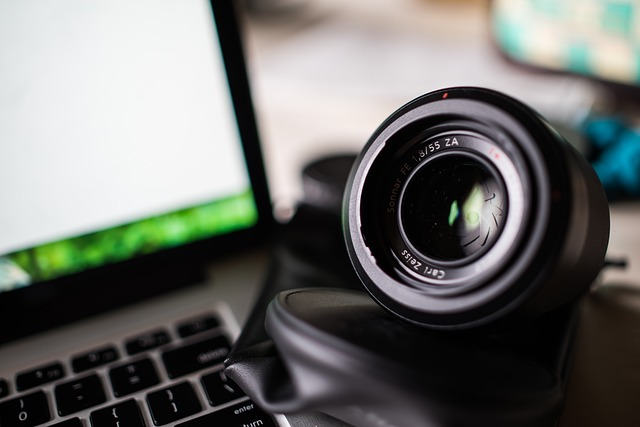There is a big difference between pursuing an activity as a hobby or an interest trying and make money out of it. The increasing use of photos in different walks of life has brought into focus the all-important role of the person taking the snap, the photographer, so to speak. On display here is a set of skills that take some time and effort to perfect and that can bring in the most benefit to those that get to view a picture.

Identifying a style
It is generally accepted that there are different styles when it comes to taking a photograph. This could typically be the manner in which light and its effects are used in the snap or some other telling factor. All said it is the style that seeks to establish a photographer and it must be defined as early as possible in a photographer’s career. Often it is hard to break a mould once it is set and care must be taken to allow the right label to be used in any photographer’s work.
The proper equipment
As with a skill based profession, photography needs to use the right equipment for the situation at hand. When a style has been picked to express oneself, it is very important that the proper kit that allows the kind of snaps possible in the niche is had at all times. Being an expensive passion, good pictures need the right kind of equipment no doubt and it is best not to try and save on this aspect as it could tell on the final product, which is the picture taken.
The right skills for the niche
Once a style of photography is chosen then it is important that the right types of skills are acquired for the situation. Most good photographs do tend to mentor pupils and try to pass on their knowledge to them. It would be a good idea to try and enroll with such persons in the chosen niche and in many instances it is not the cost but the willingness to learn that decides whether an expert gets to choose a person as an understudy.
Typically most people can get to be skilled in a particular area if sufficient practice and patience is applied. So in the initial stages of getting to understand and learn a style and area it is best to exercise patience to the best possible ability.
Recognizing the target audience
Having a good idea as to who the target audience would be is the correct approach to photography. When the right presentation that would strike a chord is done, it is bound to bring in the most results both in terms of appreciation and more importantly as far as a professional is concerned, an assured income stream. Most people would need to have the best result for any effort undertaken and this holds true in the case of professional photography as well.

